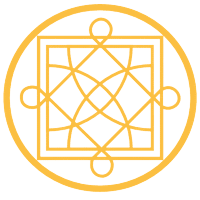Phulkari, meaning “flower work,” is a vibrant embroidery tradition from Punjab, India, characterized by its intricate designs and rich colors. This art form has deep roots in Punjabi culture, often reflecting themes from nature and rural life. Below, we explore some prominent motifs of Phulkari embroidery, each carrying its unique significance.
1. Mor Phulkari (Peacock Phulkari)
The Mor Phulkari motif represents the peacock, a symbol of beauty and grace. This design celebrates nature and showcases the natural beauty of Punjab. The peacock’s intricate feathers are depicted through colorful stitches, capturing the essence of the vibrant environment.
2. Mirch Buti (Chilli Motif)
Mirch Buti symbolizes the fields of chillies in Punjab. This motif reflects the agricultural richness of the region, emphasizing the importance of crops in Punjabi culture. The vibrant red and green colors used in this embroidery represent the lively spirit of Punjabi farmers.
3. Chokh Phulkari
The Chokh Phulkari motif features geometric shapes and patterns that convey a sense of symmetry and balance. This design is often used in shawls and dupattas, showcasing the artisan’s skill in creating visually appealing patterns. The use of bright colors makes this motif a favorite among many.
4. Patta Phulkari
Patta Phulkari consists of leaf-like designs that symbolize growth and fertility. This motif is often characterized by its repetitive patterns, creating a harmonious look. It embodies the connection between nature and culture, making it a significant element of Phulkari embroidery.
5. Additional Motifs
To learn more about each of these motifs, check out our YouTube channel where we feature detailed videos discussing the history, significance, and stitching techniques behind each Phulkari motif. Make sure to turn up the volume to fully appreciate the explanations and visuals!
